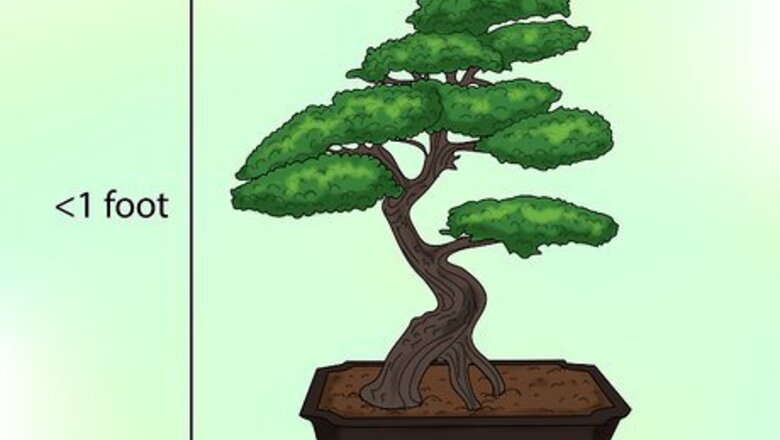
views
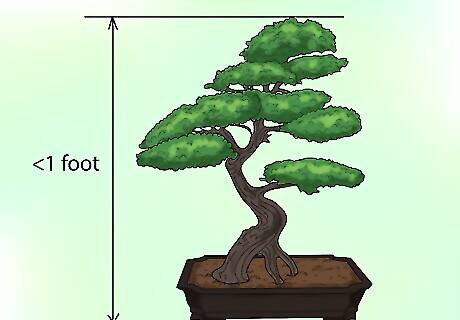
Get a Western Hemlock. Find one that is less than 1 foot (0.3 m) tall, at a garden store or find one in the wild.
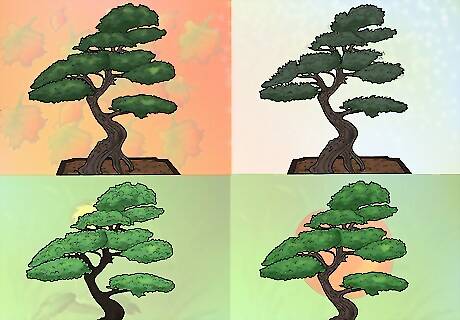
Assess the tree's condition all year. Is the tree damaged (many wounds, missing needles, exposed roots, and/or only a few branches)? Is it healthy (has lots of needles, lots of new growth, and intact bark)? It's always good to know how your tree is doing.
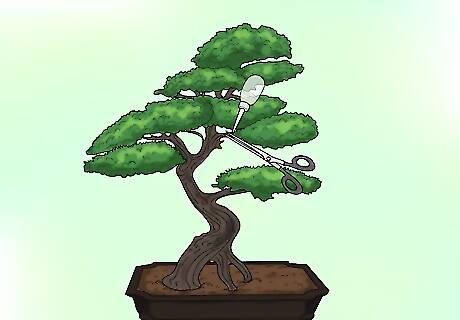
Prune it. Major pruning should be done in late winter. Be sure to cover wounds with sealant. You should also prune the tree in mid to late spring. When growth is too prolific, prune back some of the new growth. New growth is easy to spot, as it is bright green.
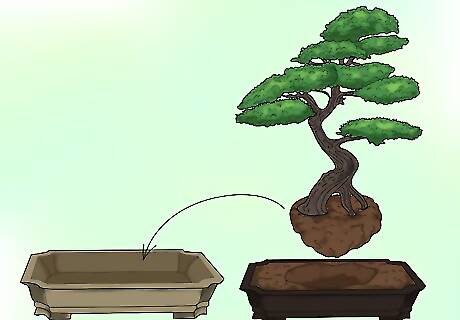
Repot the tree. Once every two years, during the winter, before major growth for the year starts, hemlocks should be repotted.
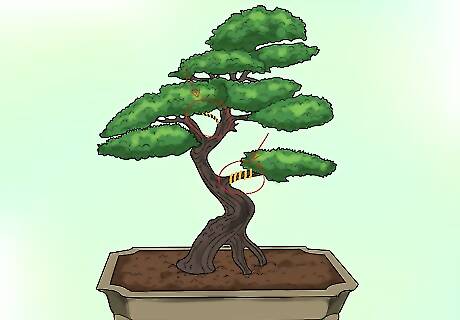
Wire the tree in early to mid summer. Once most growth has ceased, small gauge wire (1/3 of the width of each branch to be wired) should be carefully wrapped around each branch that you want to move into a different position. Don't worry about knocking off a few needles in the process.
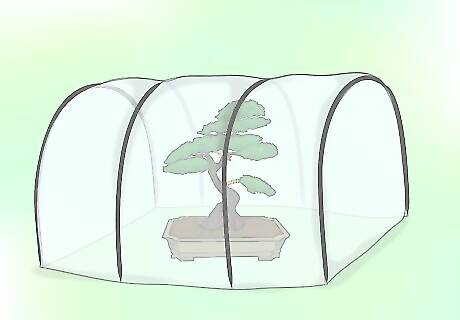
Prepare for winter in late fall. Depending on the climate where you keep the bonsai, you may need to put it in a greenhouse to prevent hard freezing, but make sure that the tree stays cold enough that it reaches dormancy for the winter.
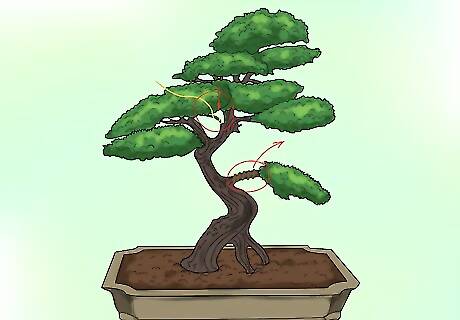
Wire the tree again in late winter. Remove all of the wires from summer and rewire the tree. Hemlocks scar easily and require frequent rewiring.
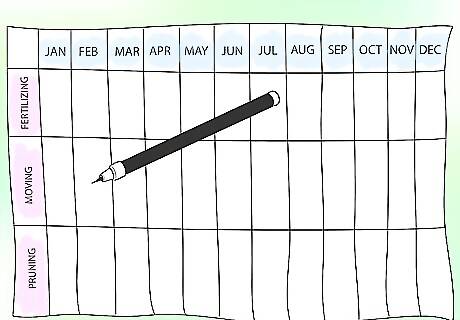
Follow a calendar of care. Keep a calendar with all the important dates to remember from this page.















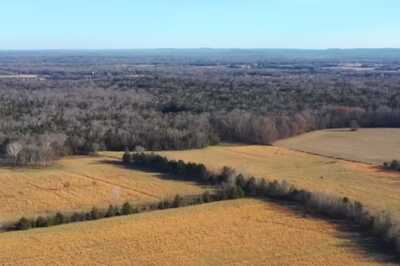



Comments
0 comment